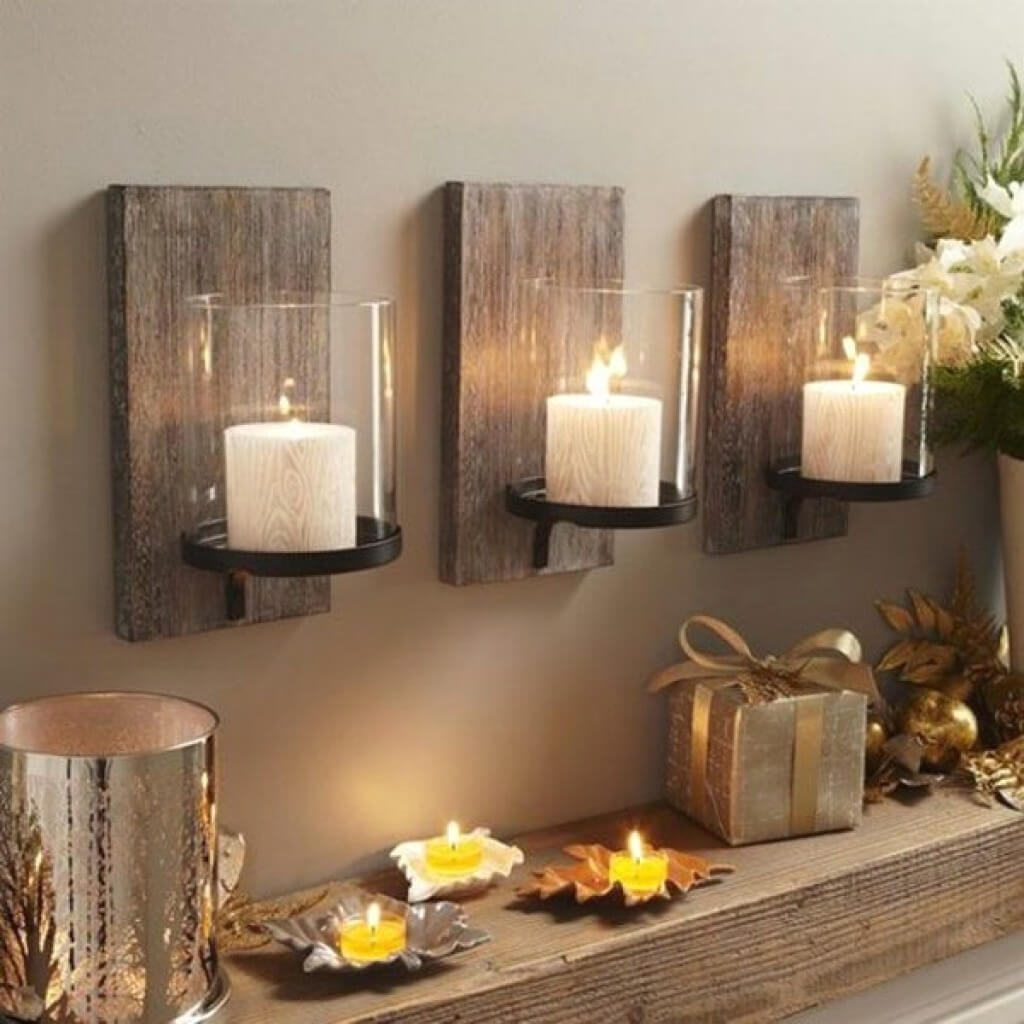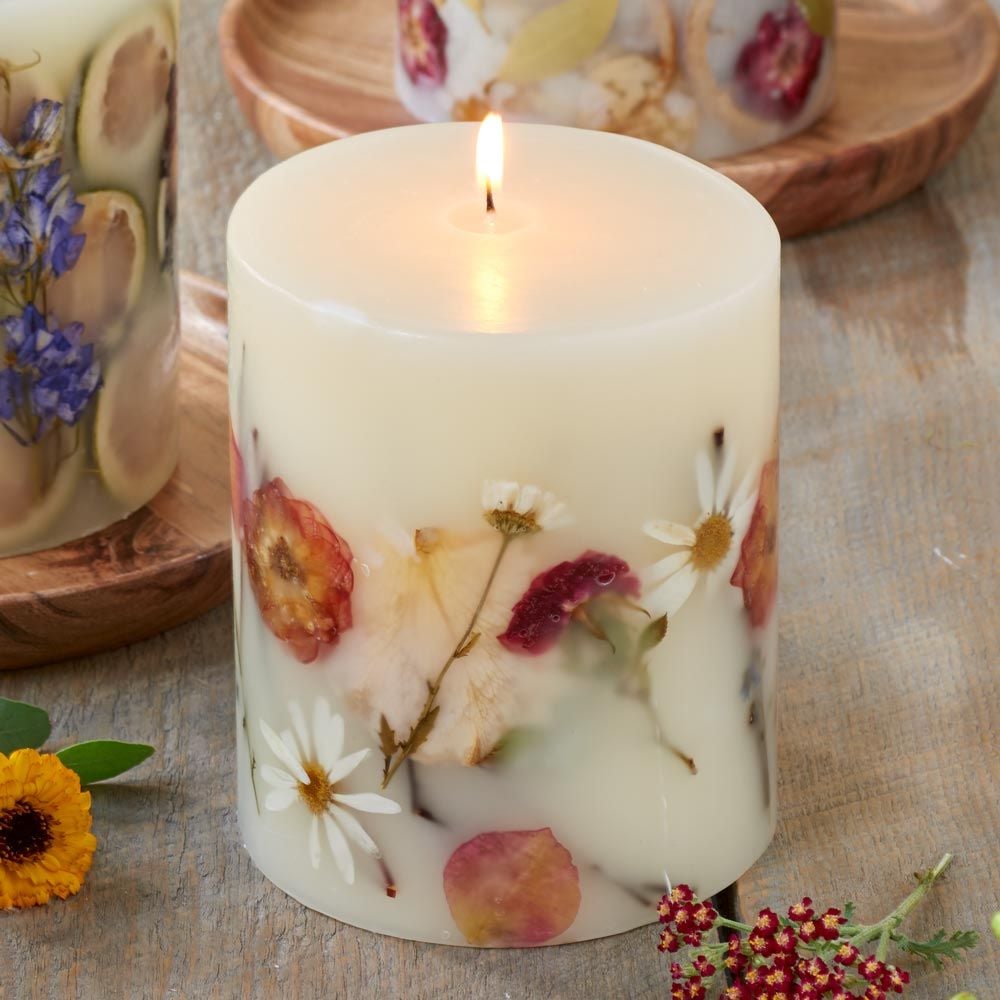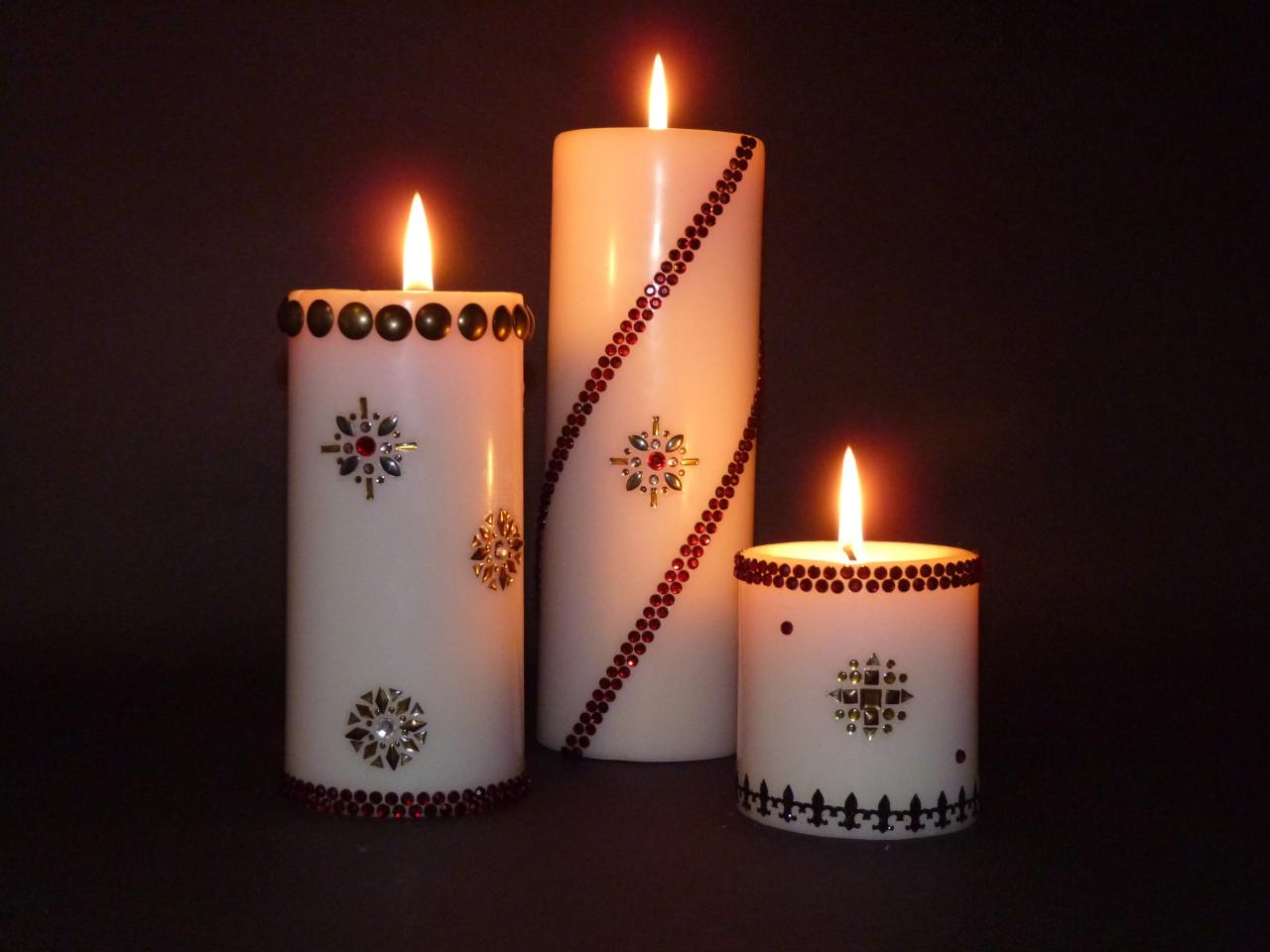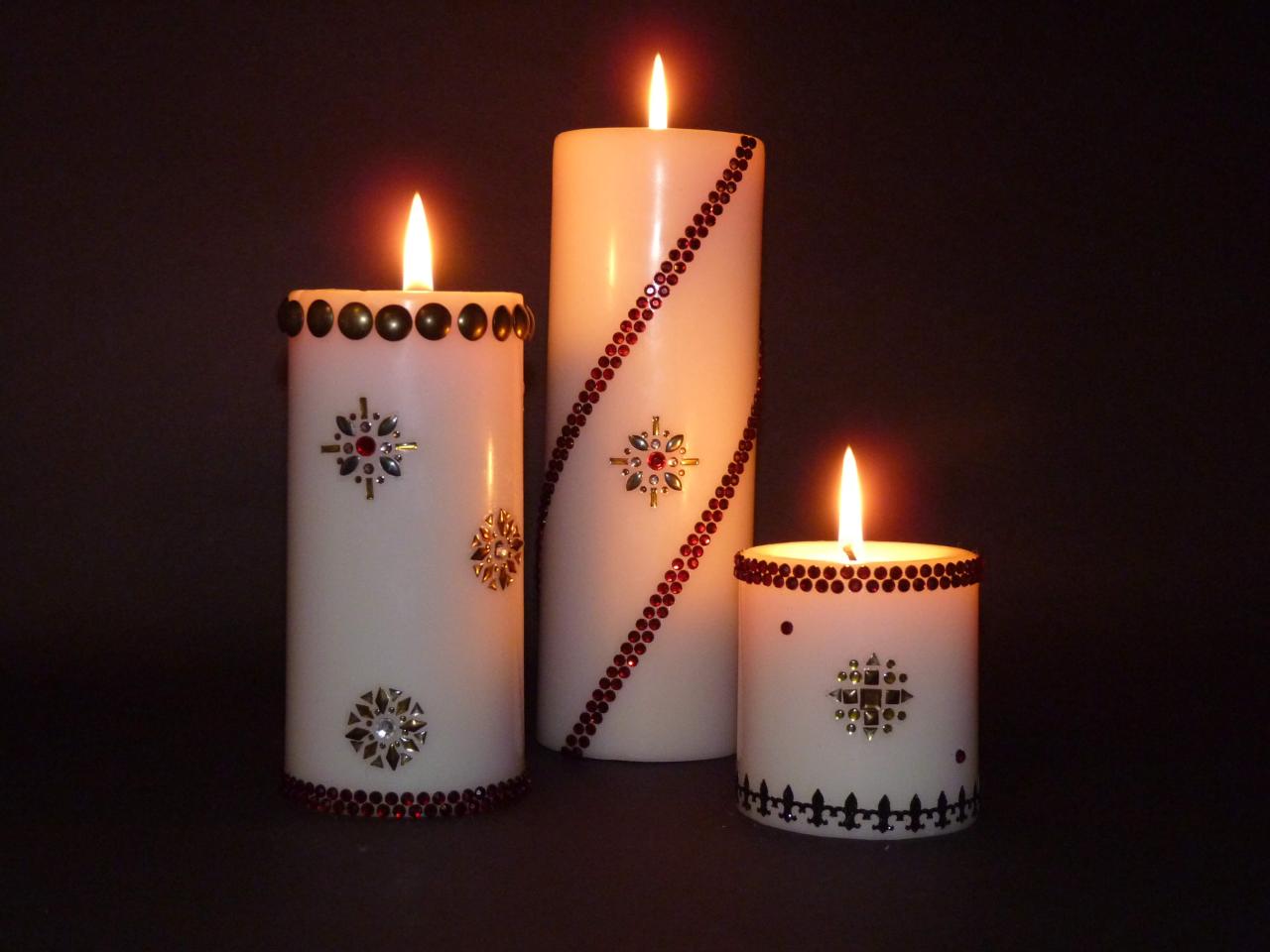Decorative candles are not just sources of light; they are works of art that enhance the ambiance of any space. From their captivating scents to their exquisite designs, decorative candles have become an integral part of home décor, special occasions, and even aromatherapy.
This comprehensive guide will delve into the world of decorative candles, exploring their materials, manufacturing processes, design aesthetics, uses, and safety considerations. Along the way, we will uncover the latest market trends and innovations that are shaping this captivating industry.
Definition of Decorative Candles

Decorative candles are a type of candle primarily used for aesthetic purposes, rather than for providing illumination. They come in a wide variety of shapes, sizes, and scents, and are often used to create a cozy or inviting atmosphere in a room.
Types of Decorative Candles
There are many different types of decorative candles, each with its own unique characteristics:
- Scented candles: These candles are infused with essential oils or fragrances, which release a pleasant aroma when burned.
- Unscented candles: These candles do not contain any added fragrances, and simply provide a warm, ambient glow.
- Pillar candles: These candles are typically tall and cylindrical in shape, and are often used as centerpieces or on mantels.
- Votive candles: These candles are small and cup-shaped, and are often used in candle holders or lanterns.
Materials and Manufacturing Process

Decorative candles are crafted using a variety of materials and undergo a meticulous manufacturing process to achieve their intricate designs and captivating scents.
The primary component of decorative candles is wax, which determines their burn time and flame characteristics. Common types of wax used include paraffin, soy, and beeswax, each offering unique properties.
Wicks
Wicks play a crucial role in the burning process of decorative candles. They are typically made from natural materials like cotton or wood, ensuring a stable and consistent flame.
Dyes
To create the vibrant hues and patterns that distinguish decorative candles, dyes are incorporated into the wax. These dyes can be either synthetic or natural, allowing for a wide range of color options.
Manufacturing Process
The manufacturing process of decorative candles involves several key steps:
- Melting:The wax is heated until it reaches a liquid state, allowing for the addition of dyes and fragrances.
- Pouring:The melted wax is carefully poured into candle molds, which shape the candle’s design and size.
- Curing:After pouring, the candles are left to cool and harden, a process known as curing. This step ensures the wax solidifies properly, resulting in a smooth and durable finish.
Design and Aesthetics
Decorative candles are designed to be visually appealing, with a wide range of design elements that contribute to their aesthetic appeal.
The shape of a decorative candle can vary greatly, from classic tapers and pillars to more elaborate and whimsical forms. The size of a candle also plays a role in its overall appearance, with smaller candles creating a more intimate ambiance while larger candles make a more dramatic statement.
Color, Decorative candle
Color is a key design element in decorative candles, with different colors evoking different moods and atmospheres. Warm colors like red, orange, and yellow create a cozy and inviting ambiance, while cool colors like blue, green, and purple have a more calming and serene effect.
The use of multiple colors in a single candle can create a striking and eye-catching effect. For example, a candle with a gradient of colors from light to dark can add a touch of sophistication to any décor.
Texture
The texture of a decorative candle can also contribute to its aesthetic appeal. Candles with a smooth, polished surface have a more elegant and refined appearance, while candles with a rough or textured surface have a more rustic and earthy feel.
The use of different textures in a single candle can create a unique and visually interesting effect. For example, a candle with a smooth base and a textured top can add a touch of depth and dimension to any space.
Safety and Maintenance
Decorative candles bring ambiance and style to any space, but it’s crucial to prioritize safety and proper maintenance to ensure their longevity and prevent potential hazards.
Safety Precautions
- Never leave a burning candle unattended.
- Keep candles away from flammable materials, such as curtains, papers, and upholstery.
- Place candles on a stable, heat-resistant surface.
- Trim the wick to 1/4 inch before each use to prevent soot and smoke.
- Extinguish candles properly by smothering the flame with a snuffer or by dipping the wick into the melted wax pool.
Proper Maintenance and Storage
- Clean candle jars or holders regularly to remove soot and dust.
- Store candles in a cool, dry place away from direct sunlight.
- Avoid storing candles in extreme temperatures, as it can affect their quality and longevity.
Last Word: Decorative Candle

In conclusion, decorative candles are more than just flickering flames; they are expressions of creativity, ambiance, and personal style. Whether you prefer the warm glow of a scented candle or the sleek elegance of an unscented pillar, there is a decorative candle to suit every taste and occasion.
As the industry continues to evolve, we can expect to see even more innovative and captivating designs that will continue to illuminate our lives.
FAQ Explained
What are the different types of decorative candles?
Decorative candles come in a wide variety of types, including scented, unscented, pillar, votive, container, and floating candles.
What materials are used to make decorative candles?
Decorative candles are typically made from wax, wicks, and dyes. The type of wax used can vary, with popular options including paraffin, soy, beeswax, and gel wax.
How can I use decorative candles to enhance my home décor?
Decorative candles can be used to create a variety of ambiance in your home. Scented candles can fill a room with a pleasant aroma, while unscented candles provide a warm and inviting glow. Pillar candles can be used as centerpieces, while votive candles can be placed in groups to create a cozy atmosphere.

